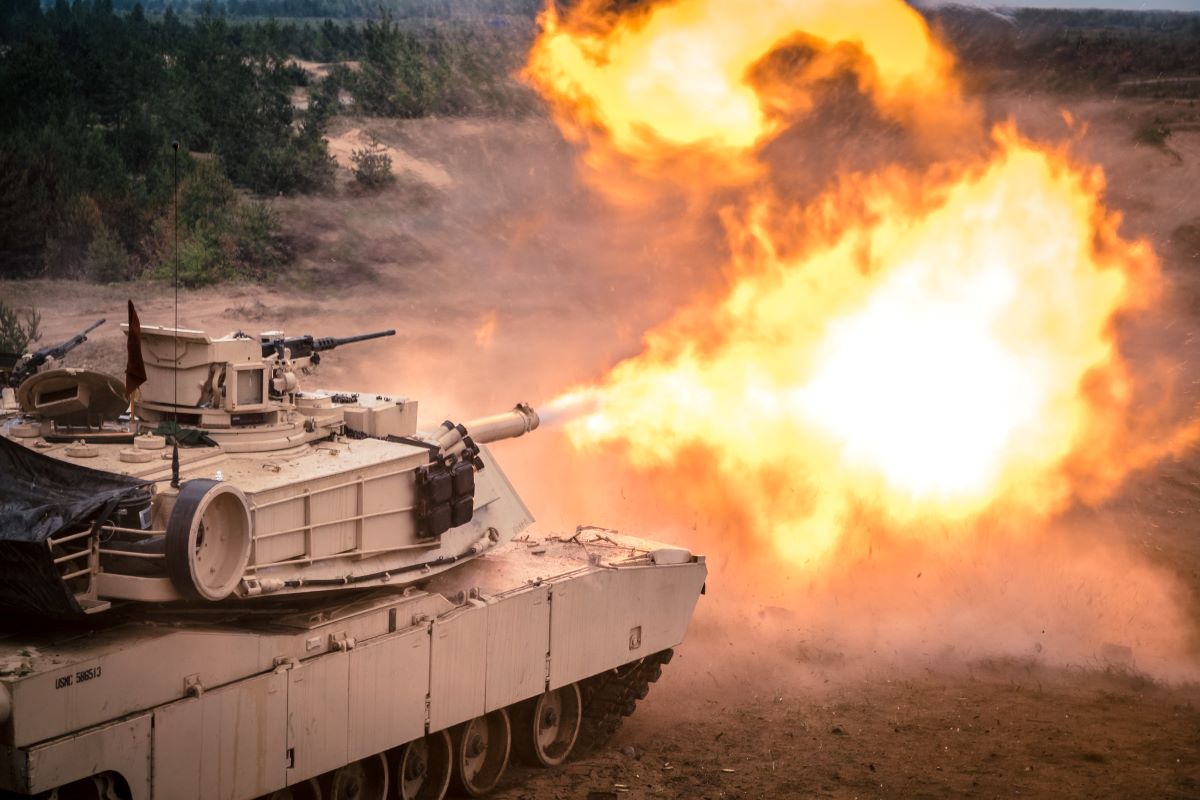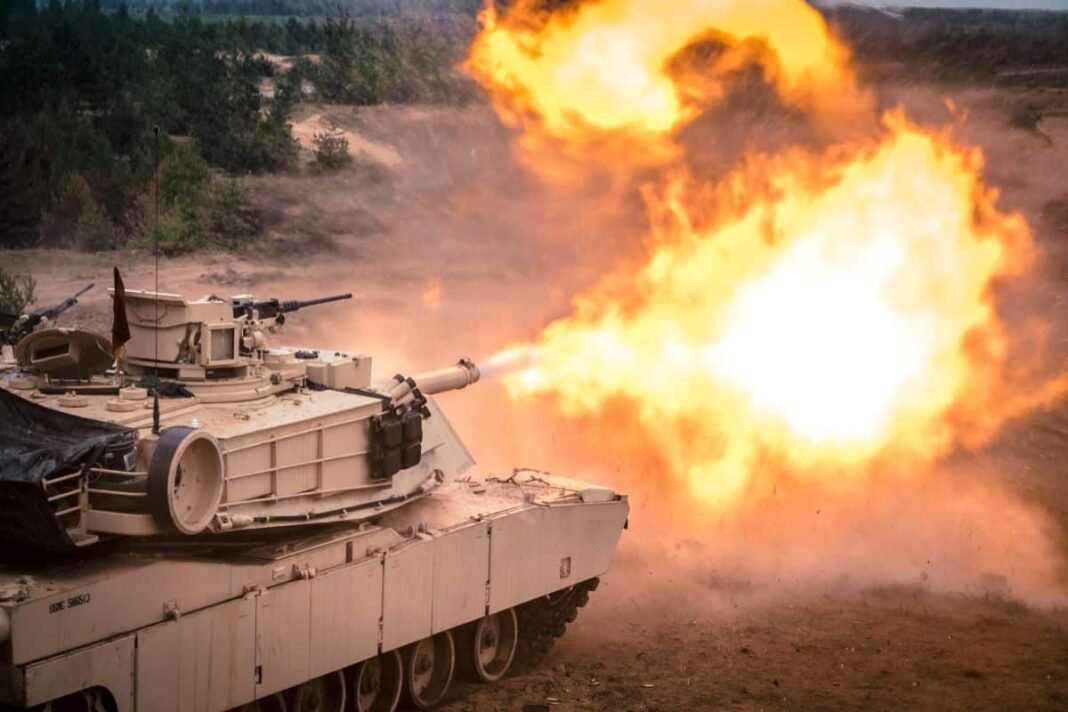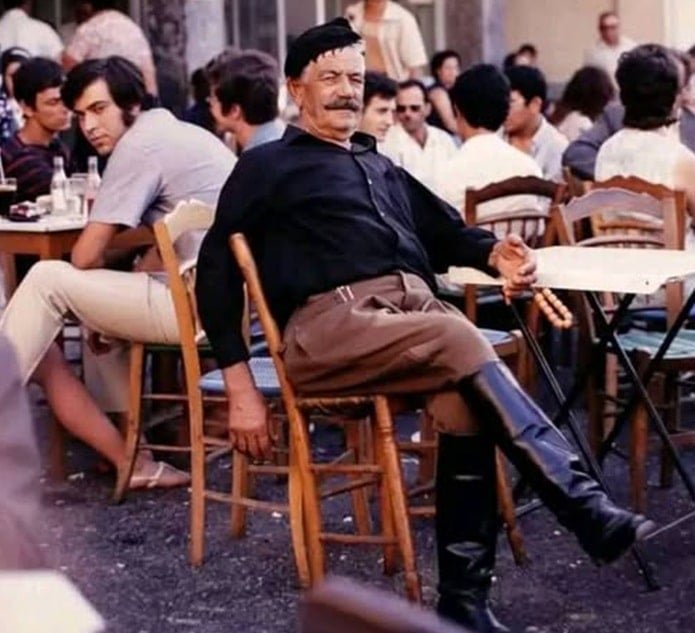
Europe’s roads and railways need major upgrades to enable the rapid movement of troops and equipment across the continent in the event of war with Russia, the EU’s transport chief, Apostolos Tzitzikostas has warned.
In an interview with the Financial Times published on Tuesday, Apostolos Tzitzikostas, the EU’s transport commissioner, said the current state of infrastructure across the bloc could severely delay NATO’s response to a potential Russian invasion along the alliance’s eastern flank.

Tzitzikostas, who took office last year, is aiming to allocate €17 billion to overhaul roads, bridges and railways across Europe to boost military mobility.
“We have old bridges that need to be upgraded,” he said. “We have narrow bridges that need to be widened. And we have nonexistent bridges to be built.”
Tzitzikostas stressed that Europe would not be able to defend itself unless troops and equipment could move swiftly from west to east.
As things stand, tanks called to respond to an invasion could get stuck in tunnels, lead to bridges collapsing and face delays due to cumbersome border procedures, he said.
“The reality today is that if we want to move military equipment and troops from the western side of Europe to the eastern side, it takes weeks and in some cases months.”
Europe’s roads, railways were not designed for rapid troop movement
Much of the continent’s infrastructure was never designed to handle military logistics, Tzitzikostas explained. As an example, he said that civilian trucks typically weigh up to 40 tons, while a tank can weigh as much as 70 tons.
To address this, Tzitzikostas said Brussels is drawing up a strategy to ensure troops can move “in a matter of hours, maximum a matter of days,” by upgrading 500 infrastructure projects along four military corridors spanning Europe.
These corridors, selected in cooperation with NATO commanders, are considered essential for rapid deployment during a crisis. Their exact locations remain classified for security reasons.
The transport chief also vowed to reduce red tape to prevent “tanks being stuck in paperwork” at borders. His strategy, set to be presented later this year, forms part of a wider push to strengthen Europe’s defenses amid reports that the U.S. is considering reducing its military footprint in the region.
The initiative complements the EU’s broader €800 billion rearmament plan and NATO’s recent agreement to raise defense spending targets to 5% of GDP. Tzitzikostas said military mobility must be part of Europe’s long-term security.
“We cannot afford anymore not to be ready or be dependent,” he said.
Rising threat from Russia
Concerns have been mounting that Moscow may be preparing for further confrontation in Europe, where tensions have remained high since Russia launched its full-scale invasion of Ukraine in 2022.
In June, NATO Secretary-General Mark Rutte cautioned that Russia is rebuilding its forces and could attack a NATO member by 2030.
Russia has also upgraded at least five suspected nuclear weapons facilities across its territory and in allied Belarus, including one in Kaliningrad, the Russian exclave bordering NATO members Poland and Lithuania.
Analysts say the upgrades are intended to boost Moscow’s capacity to store and potentially deploy nuclear weapons. Russia maintains the world’s largest nuclear arsenal, with an estimated 4,300 active warheads.


